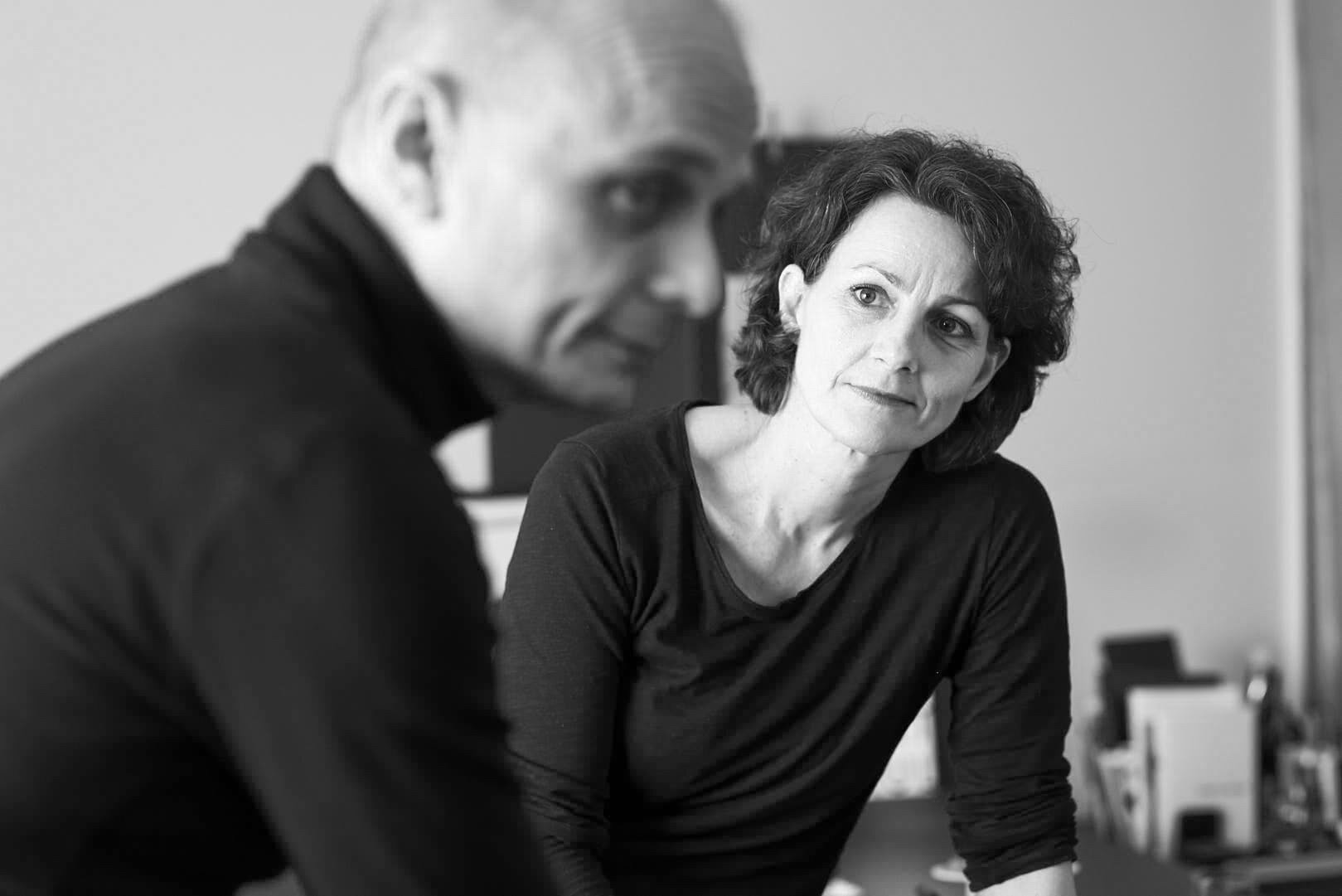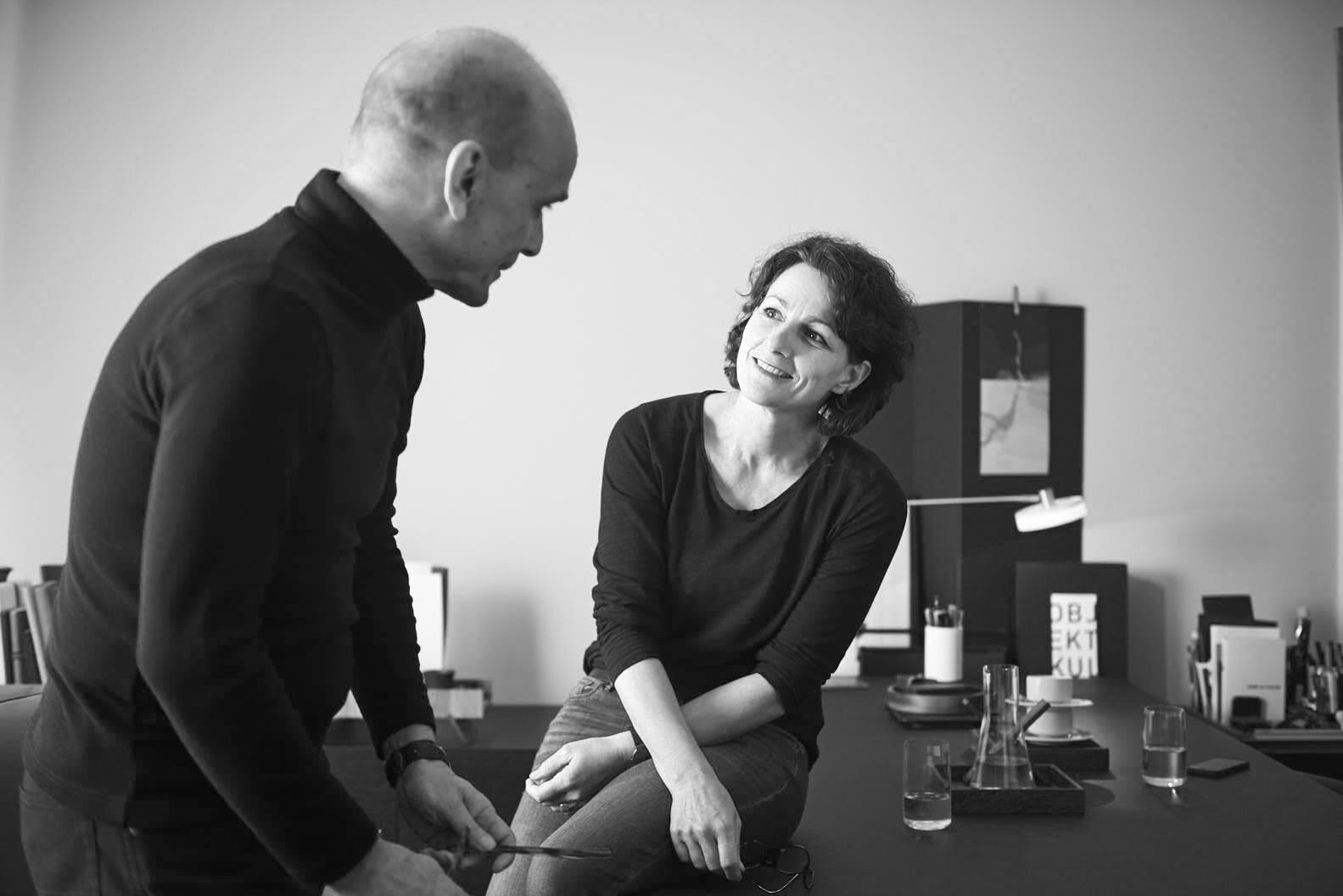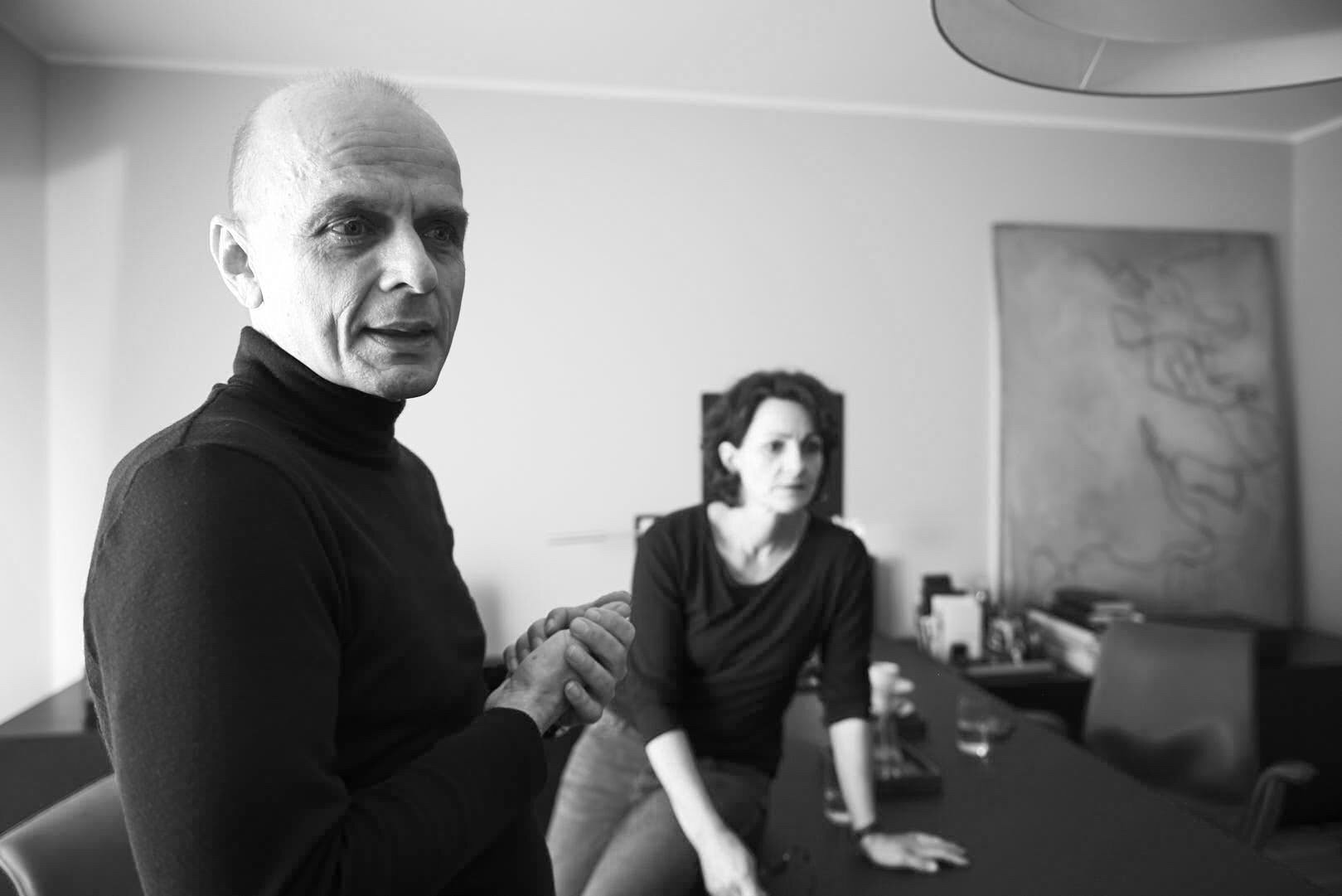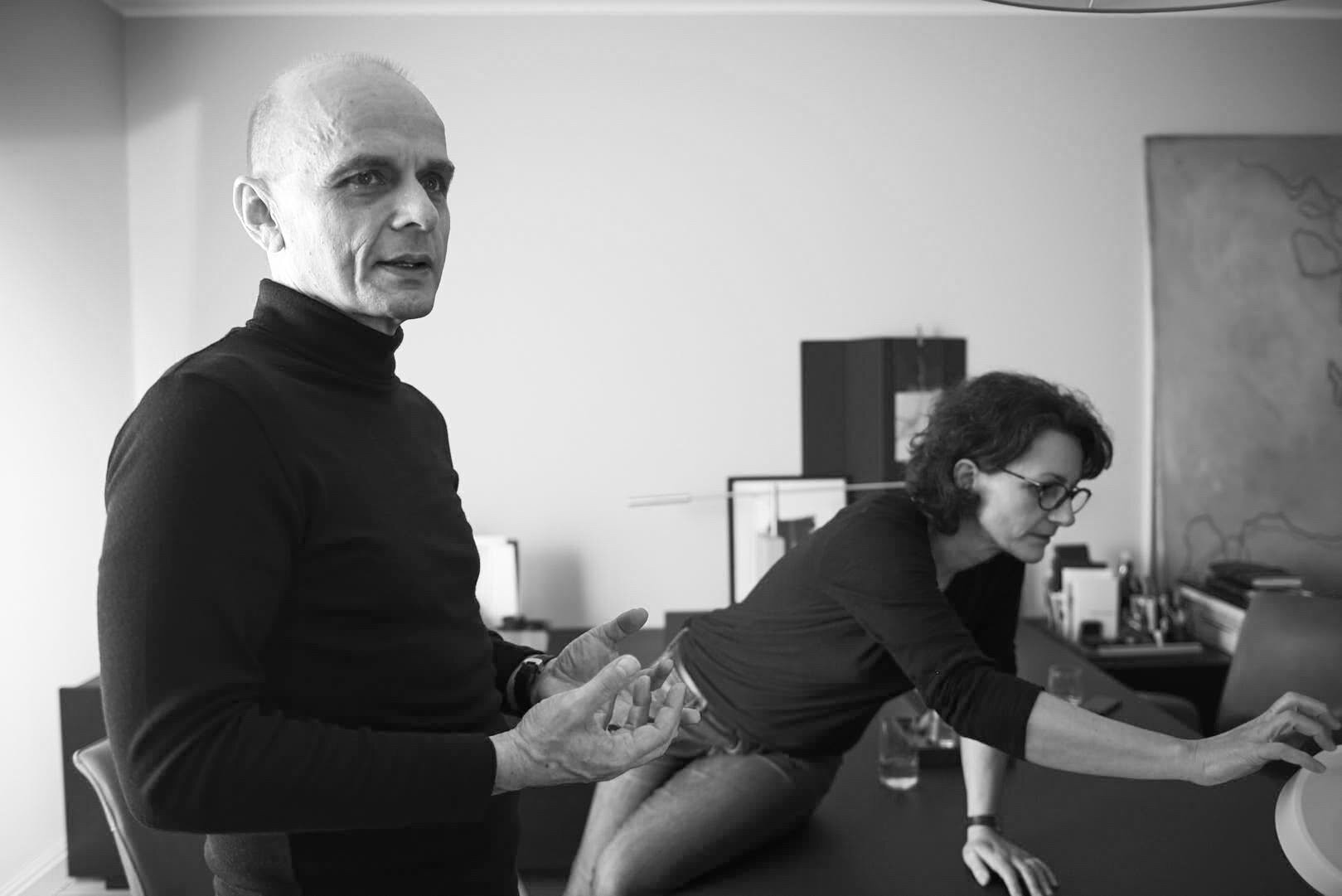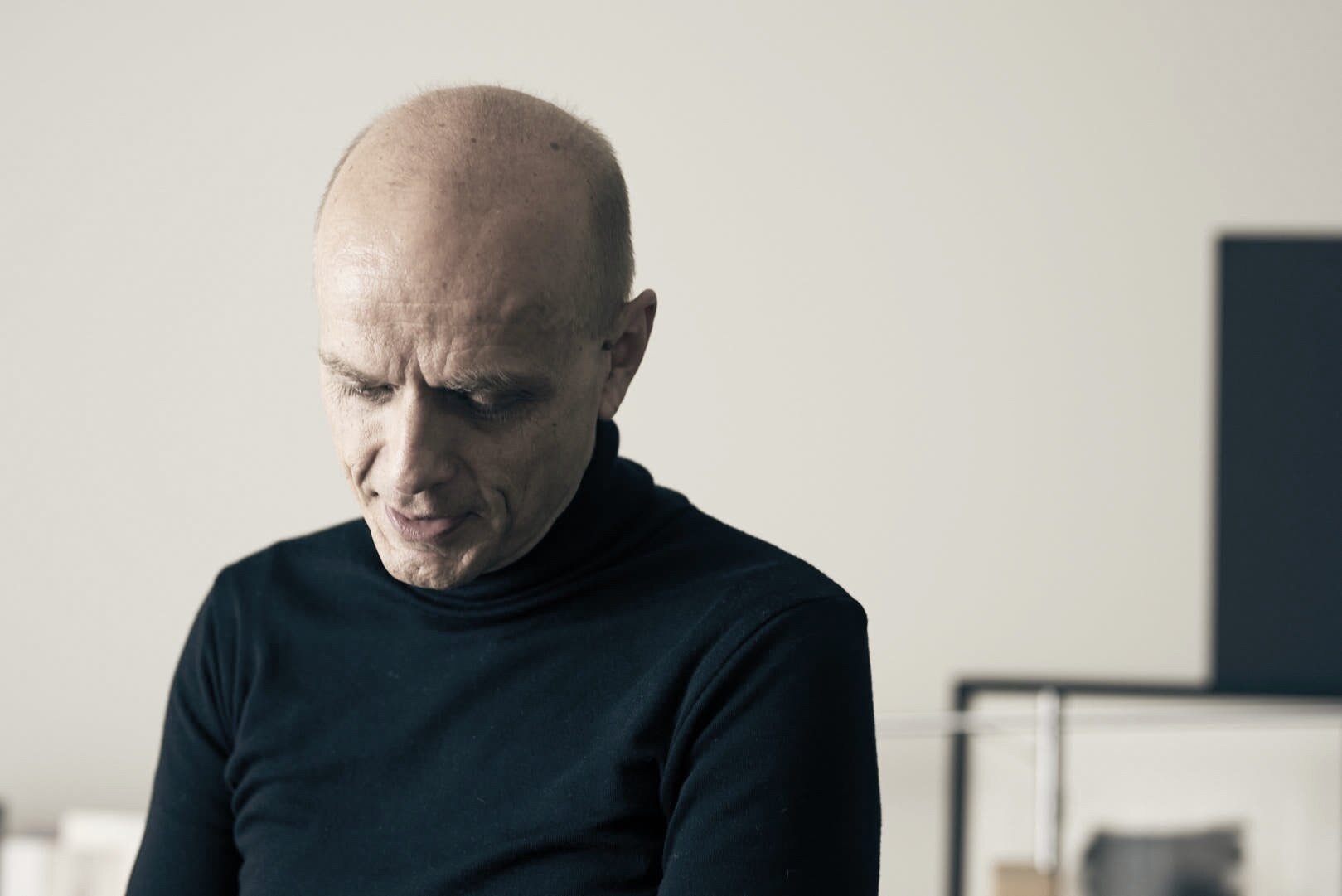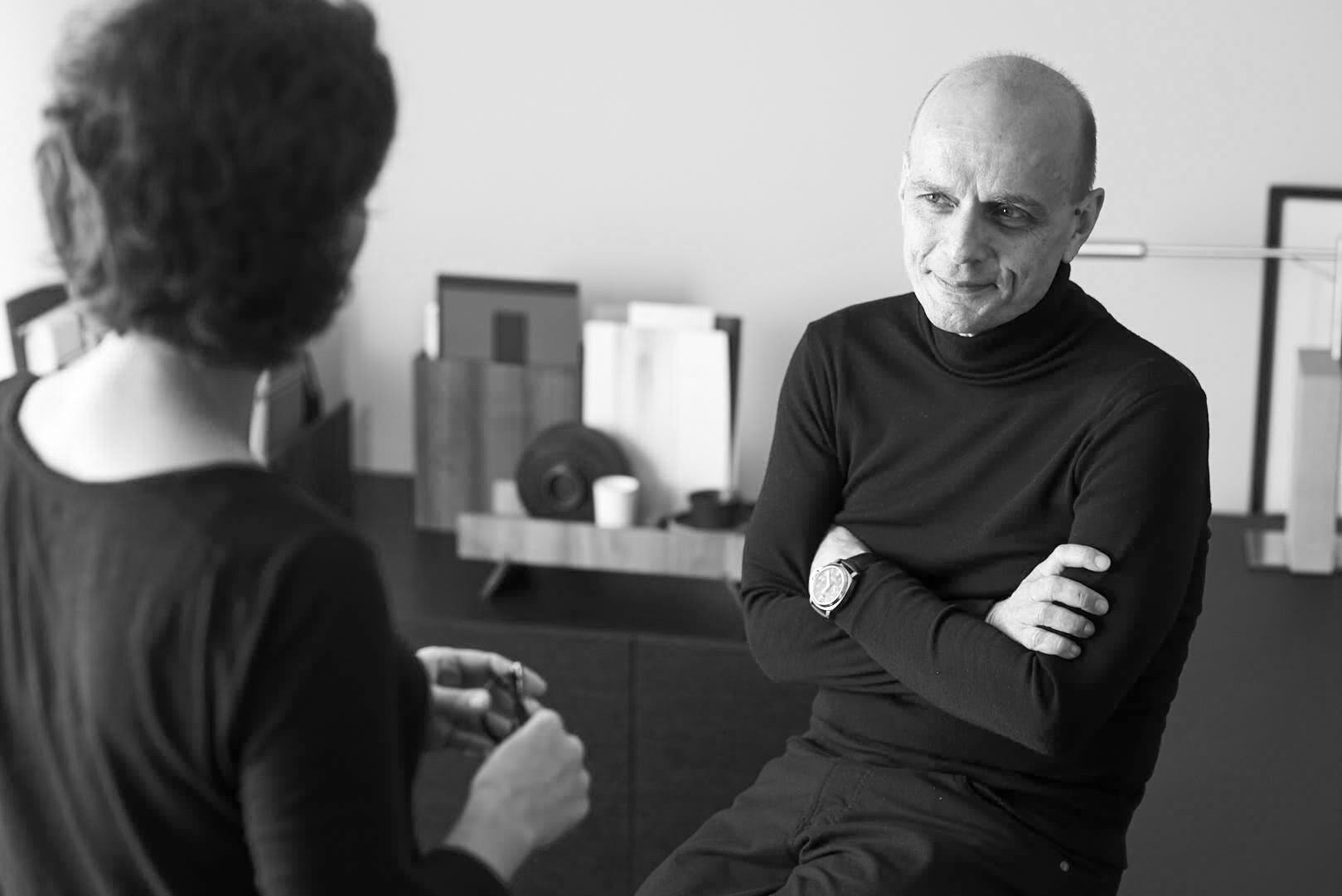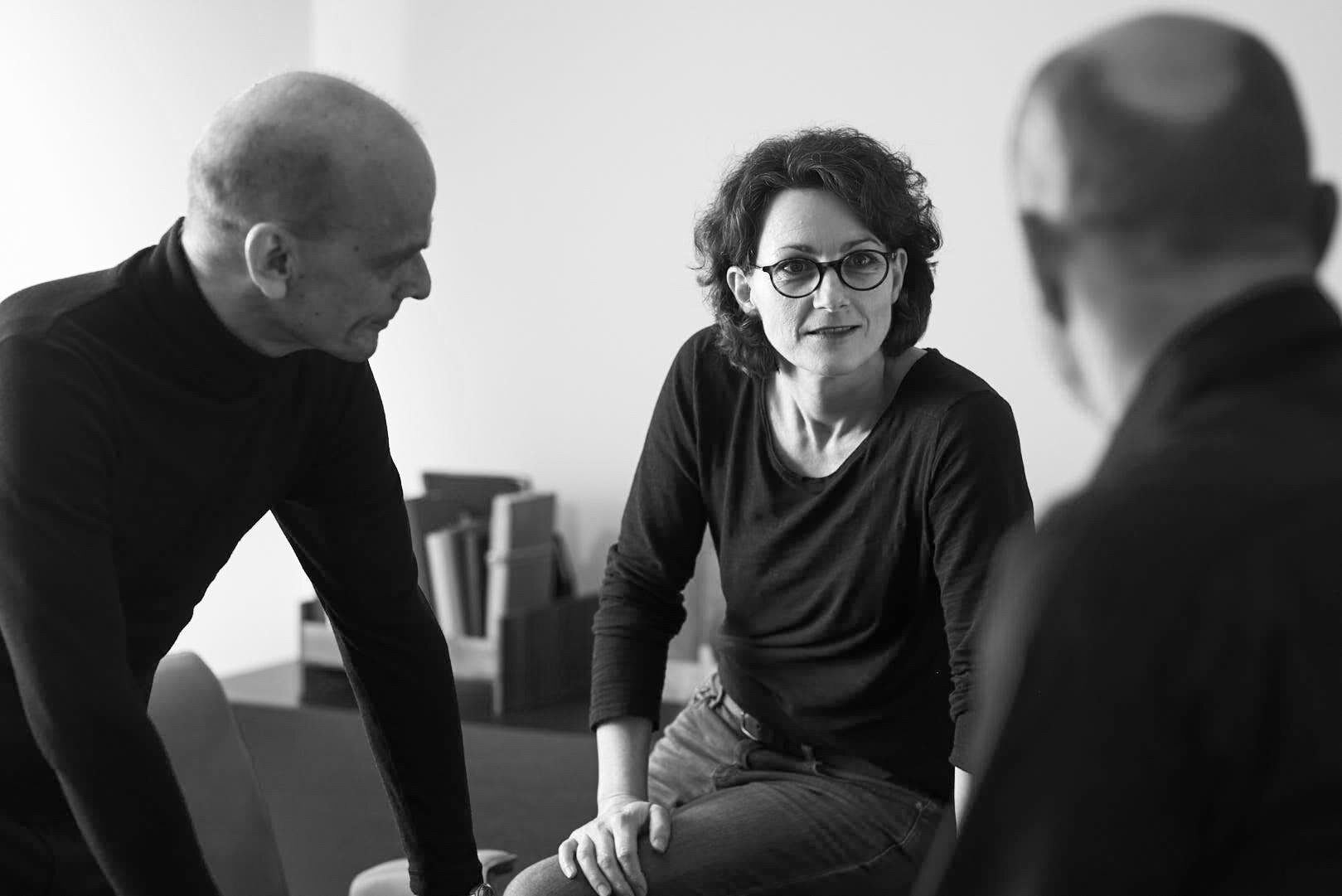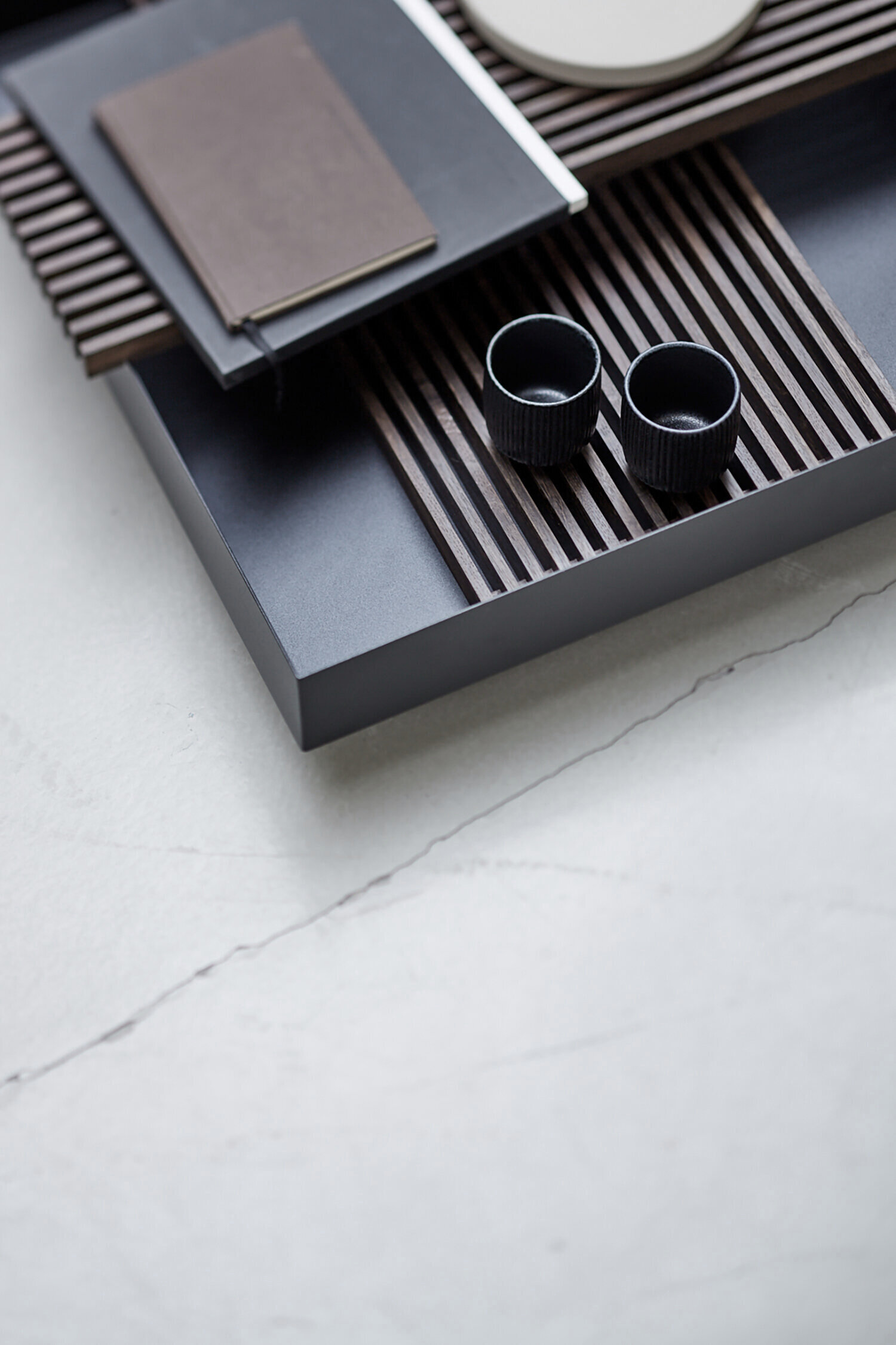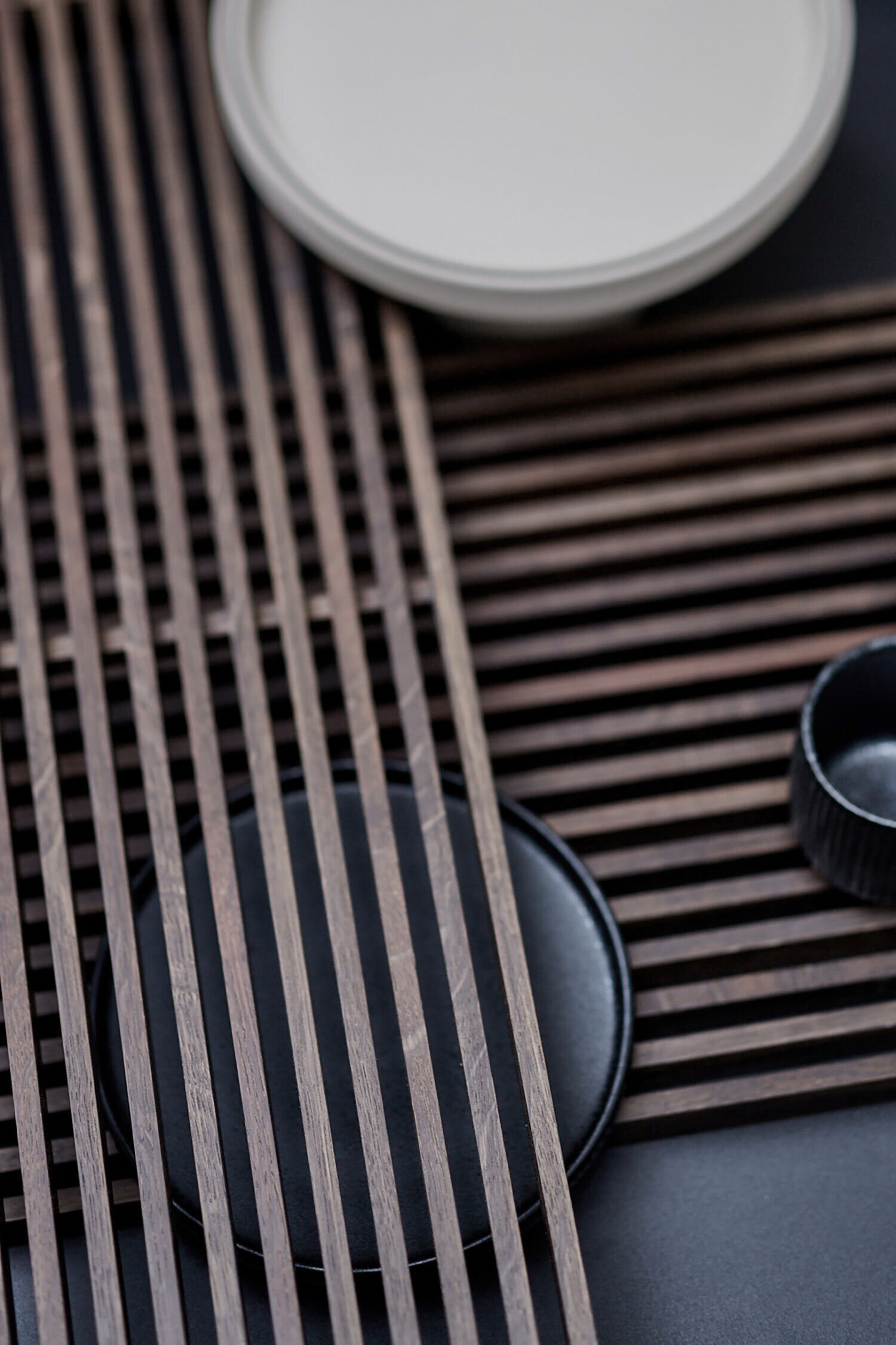Do you have an ideal conception of what design should be?
For me, design is all about enriching our everyday culture and even goes as far as creating cultural values. It's all about the perfect balance of technology, philosophy and poetry. In a three-dimensional object, the material is united as a phenomenon of light, shade and structure. Man's needs for functional security and emotional involvement should ideally be reconciled in a new aesthetic context.
And what is design for you: fashion, lifestyle or attitude?
Very definitely attitude! I am always curious about the creative task. I want to find out about the history and origin of my products. For that purpose, I need information, would like to know who is manufacturing the object and the purpose of its design. Above all I want to know who is going to use my product. What do the hands that are going to touch it look like? What does the environment look like in which it is going to stand? And what is the expression on the face of the people who are going to own and use it?
People are talking more and more about "storytelling", both in interior design and product design. What does this term mean for you?
I would rather talk about "situative thinking". I see it like this: no object can be designed or understood in isolation. Every thing is integrated in a fascinating context, sometimes that context is residential, sometimes the object is in a working context and at other times it might be to do with pure pleasure. Working in a creative profession, you have to understand and respect this complex product context. Because that is the only way to create emotional and meaningful products. I want to give design what I call a poetic scenario characterised by purpose and function. The way I understand design, it is all about dealing with a subject in a very intense and personal way. At the end of the day, the product, in other words a three-dimensional, palpable object, tells a story. Ideally, it is a story that can explain what moves you as a designer and where your roots are.
Did you know at an early stage that you were going to have a creative profession?
I was lucky enough not exactly to know but certainly to feel that I wanted to something creative. Originally I wanted to be a chef....
What fascinates you about design?
I just love the whole creative process. Design results in something meaningful, maybe something beautiful from a particular thought. The path from the idea through the drawing and the model, the use of both analogue and digital tools, the communication and the constructive discussions with the people who are going to transform your idea into a three-dimensional object, and then the first actual seeing, touching, smelling, using … – that is something that still fascinates me today.
What inspires you most?
Nature and its phenomena. The sea in all its facets plays a very important role for me as does its border area with land, in other words the coast.
Who or what had the greatest influence on you in terms of style?
Style is the language in which you talk in design terms. I like Japanese and Italian style, sometimes German style and often French style.
You have a very strong bond with Asian aesthetics. How did that come about?
That is more a story of "being found" as opposed to something I made a conscious decision about. I am just fascinated by the Eastern Asian cultural area, primarily Japan and Korea. There are many aspects, some of which quite unspectacular, that move me. For example the philosophical attitude to the design of commodities, the appreciation of design in all things and details of everyday life. Or the way they deal with colours and surfaces. In Japan, for example, there is no judgemental difference made between art and the sensitive designing of attractive commodities and you will certainly find that difference in our culture area. Unlike us, they have stopped having strict definitions and pigeon-holing of "art", "art craftsmanship" and "product design". In addition, I am impressed by the principle of "mono no aware" (the pathos of things). That is all about paying attention to the peculiarities of things which develop from the sadness about transience and at the same time the feeling of coming to terms with that.
In your opinion, the spirit of the times and timelessness mean …
Having designed the product appropriately and poetically for a particular environment and a person's usage requirements.
What role do the terms craftsmanship, luxury and elegance play for you?
The concept of luxury is difficult to define. For me it is not a question of texture, of supposedly rich materials and surfaces. Luxury is far more about being able to take a lot of time for the design process, the opportunity to be able to select sustainable and durable materials and manufacturing procedures. Craftsmanship is often an inspiration and plays a key role in the consideration of how an idea can be implemented and how an object can be made. And for me elegance in design means conceptual autonomy and emotional freedom as well as the dignified handling of material and colour. Elegance is more a question of attitude than a pure expression of design language.
What is your attitude to the subject of sustainability?
I want to know the origin of the material used for my products, how things are made and who makes them. And then of course I am also interested in who is going to hold them later and integrate them into their everyday life.
And how important are the materials you work with?
Very, very important. Every material is precious and should be processed and finished with dignity, in other words in appreciation of its idiosyncrasies. Knowledge about the origin of a substance or fabric, its cultural history and processing possibilities is a major part of my passion for design.
One of the most difficult things about design is you have to focus on both your client and the end customers, ensuring both are satisfied at the end of the day. Is that a bit of a balancing act for you?
Not really. Because ultimately, a good company with great design culture knows that a project is only successful if the end customer is satisfied long term.
Do you sometimes feel pressurised by the high speeds of industry, the short cycles which arise because of the fairs etc.?
In the area of product development, there is very definitely a noticeable acceleration of cycles and processes. If, as a designer, you cannot draw on a methodology and on project management you have practised for years, you could well have a tough time of it. Incidentally, since doing my studies I have been a fervent advocate of the sketchbook. For me it is a treasure trove of valuable ideas, and memories of shapes and colours that I simply cannot imagine being without. It helps me give quality answers to creative questions fast.
Is is difficult to act independently and stay true to your own style?
It is certainly a question of balance. In the end it pays off both for the manufacturer and for the designer if you resolutely stick to strong, creative concepts. At the end of the day, consumers are grateful for better and more individual product concepts which really enrich their lives.
As a designer, how can you cleverly manage to get older with the market?
Creativity has nothing to do with age. It's just that the energy you have to implement ideas wanes.
A new project comes up. How do you start the process?
As I already mentioned, over the years I have developed a very sophisticated methodology and have a clear idea of a structured product development process. Luckily, the creative phase, the development of visions and ideas, does not allow itself to be controlled rationally. This process remains open and playful, and benefits from all the positive detours.
What for you was your greatest success to date?
There isn't one particular thing that I see as being my greatest success. It is more the silent moments of observing, when I am far away from home and quite unexpectedly see something I designed being used sensibly and I am reminded of its positive function. That is like meeting an old friend.
Which of your objects do you like using and why?
I am a designer who loves using his own objects in everyday life. That has nothing to do with vanity, but more something to do with identification and curiosity. In a way, ideas and drafts are clarified in use.
Do you ever completely let go of the design world?
It depends how you define design world. I often let go of the "crowd" and the media echo that are part and parcel of design. But I never lose that joy of experiencing design and simply enjoying the existence of beautiful, three-dimensional shapes.
Interview 2017: Uta Abendroth, freelance journalist, Hamburg_Germany
photos: Sonia Müller_Berlin, Janne Peters_Hamburg, CGD_Potsdam


